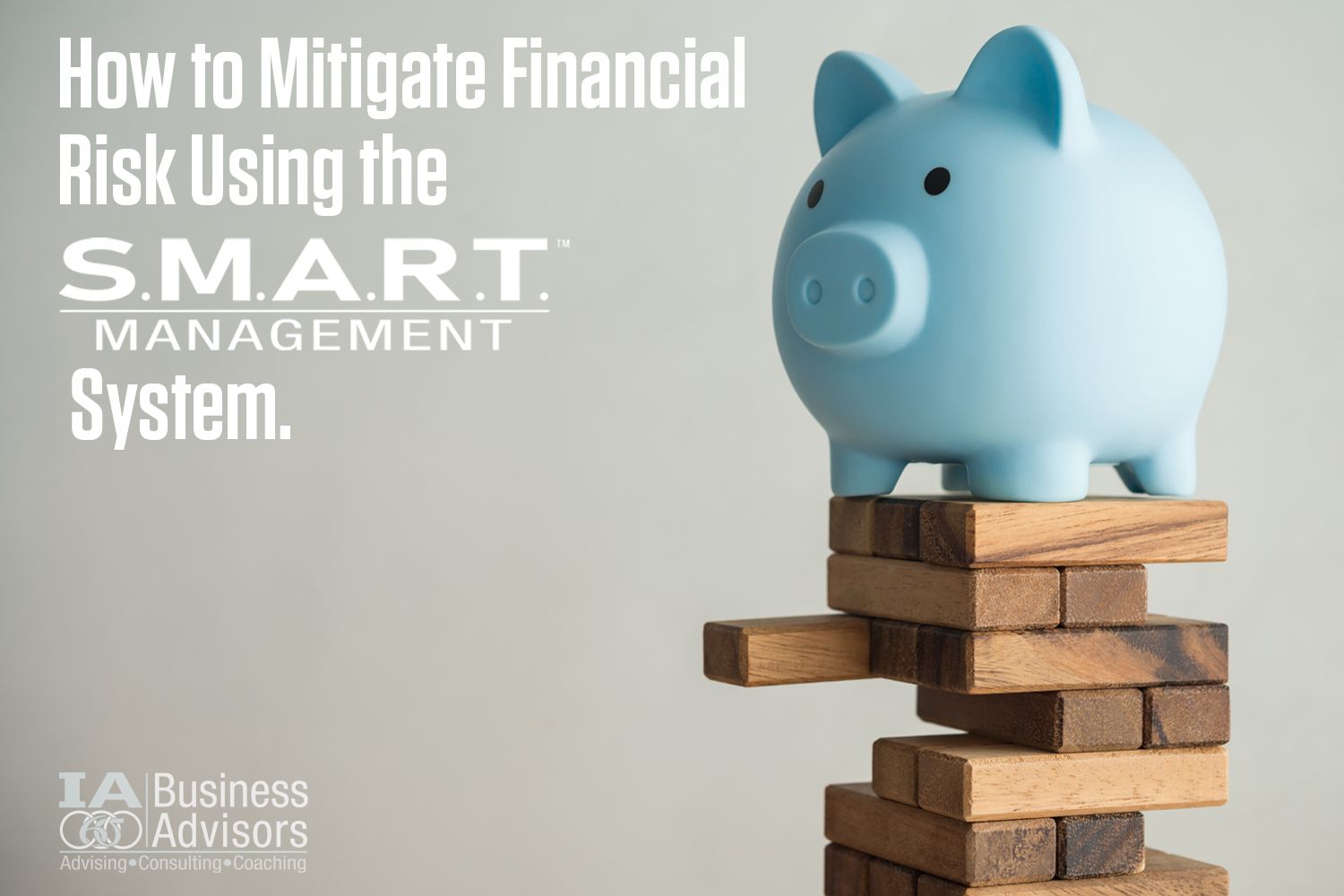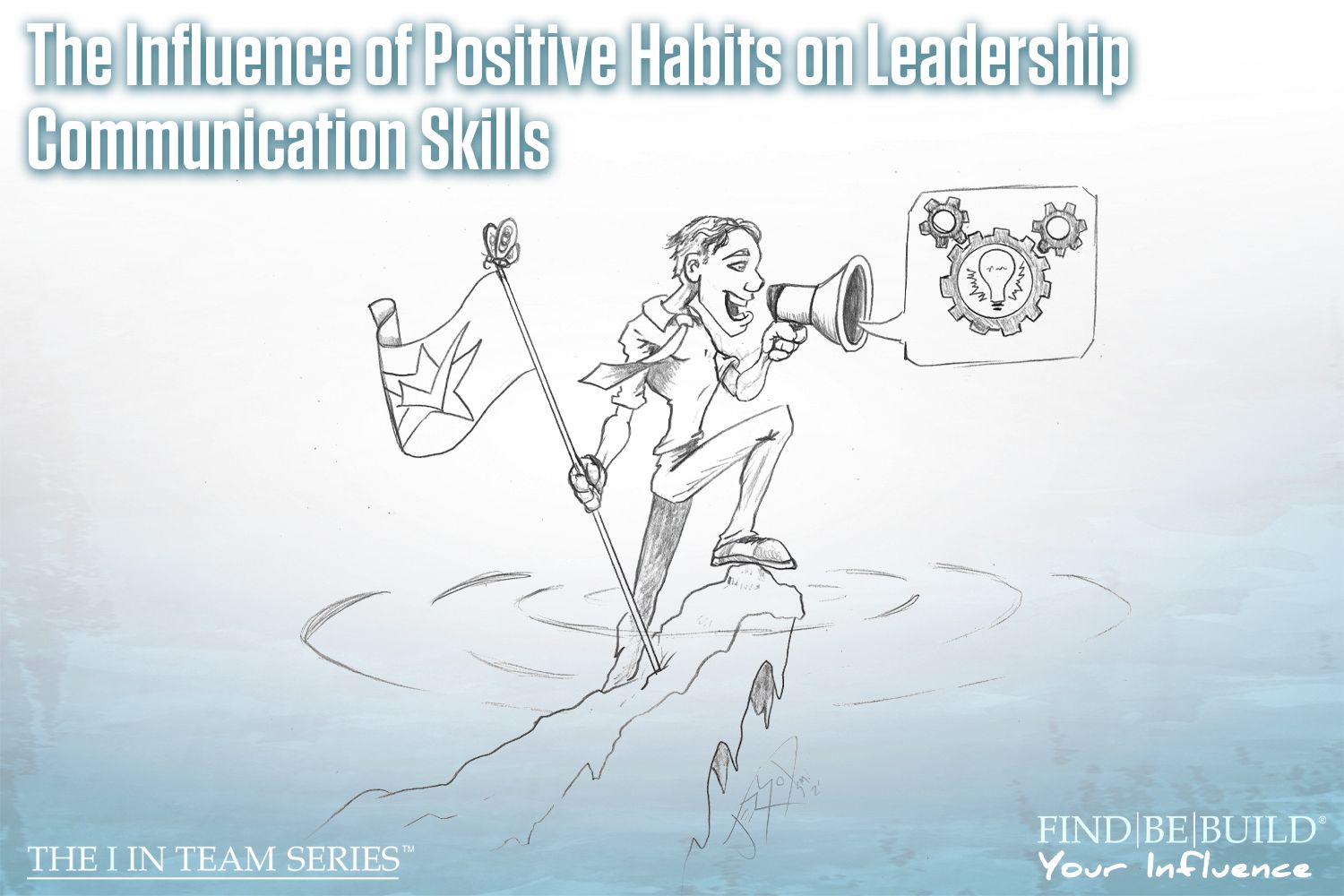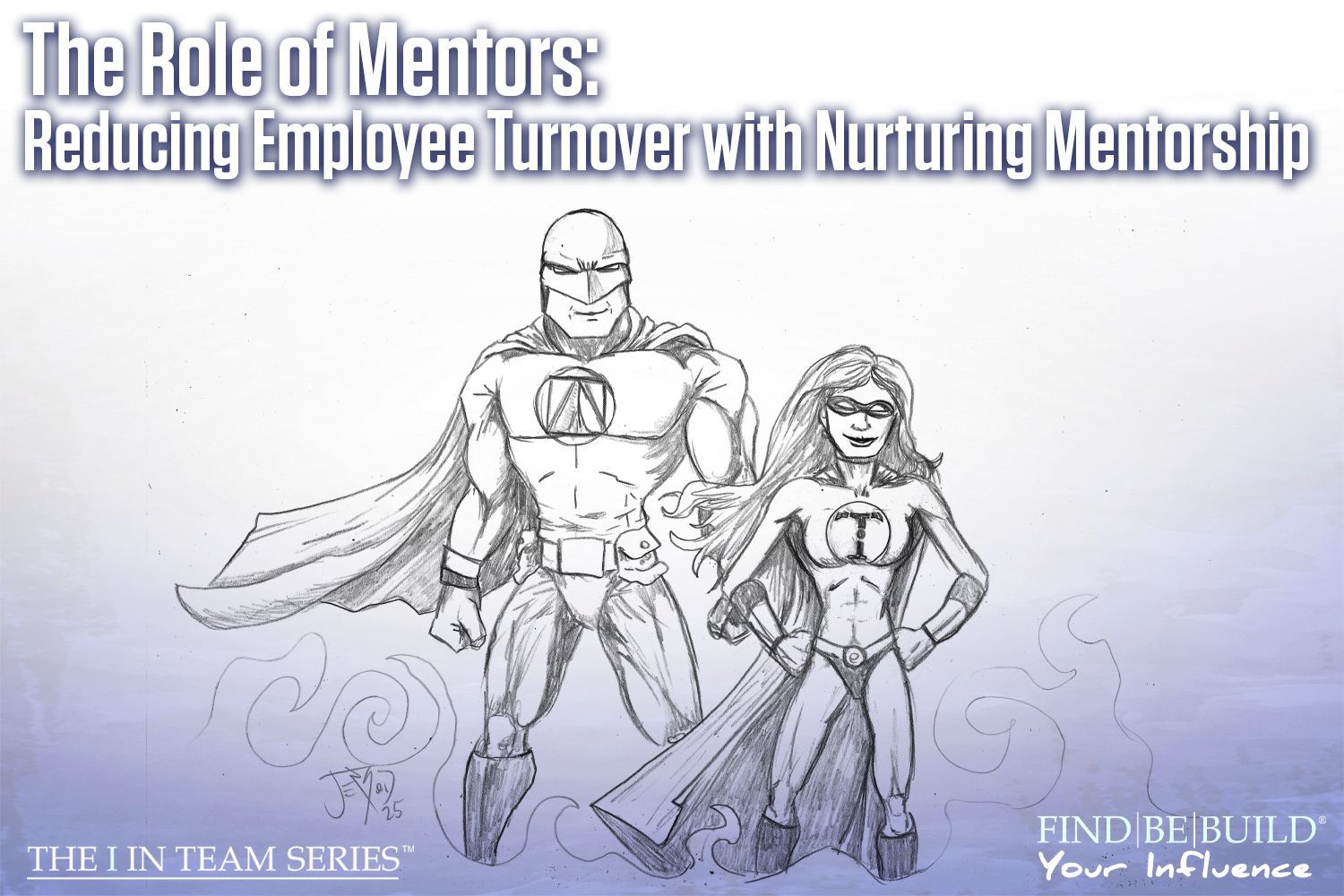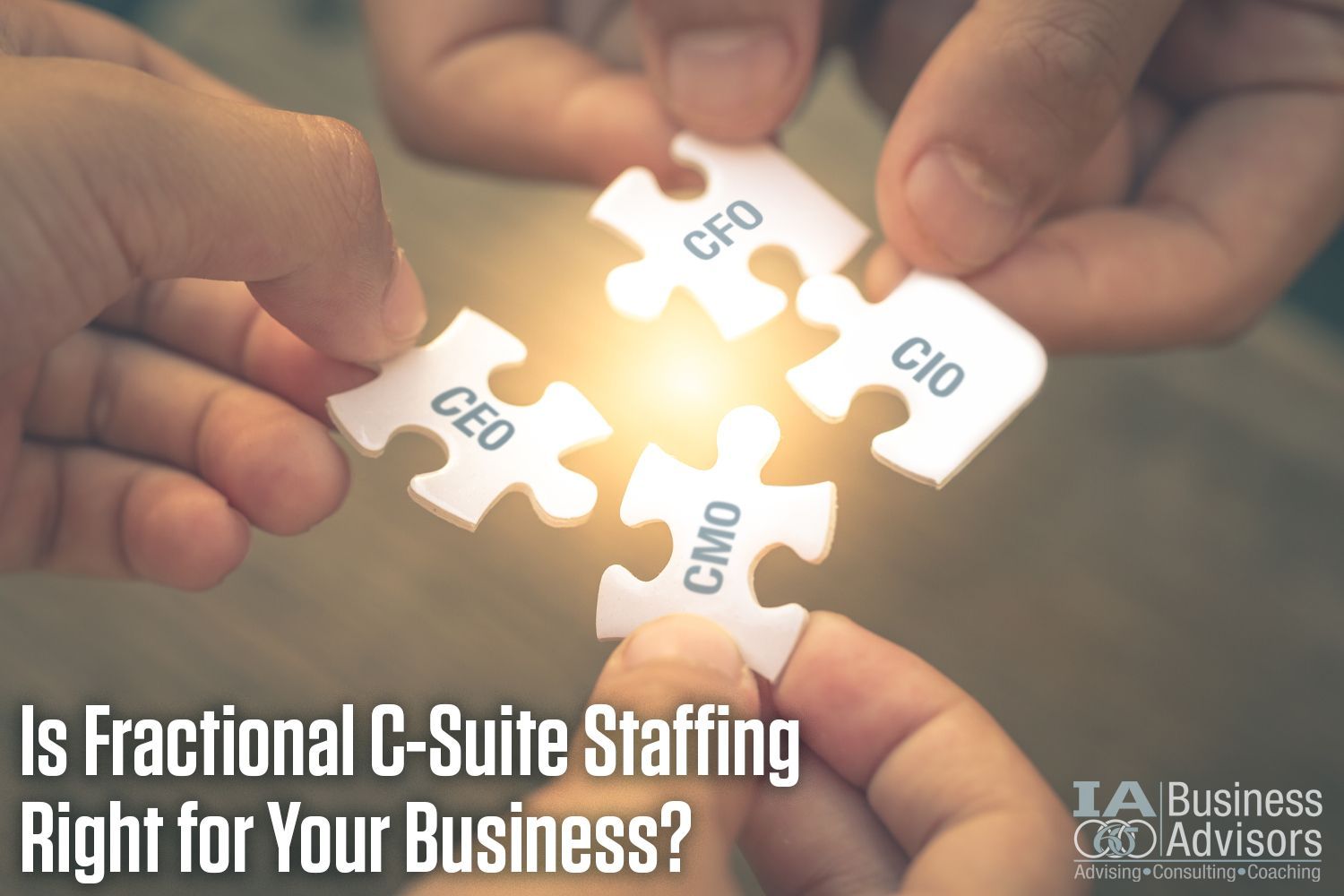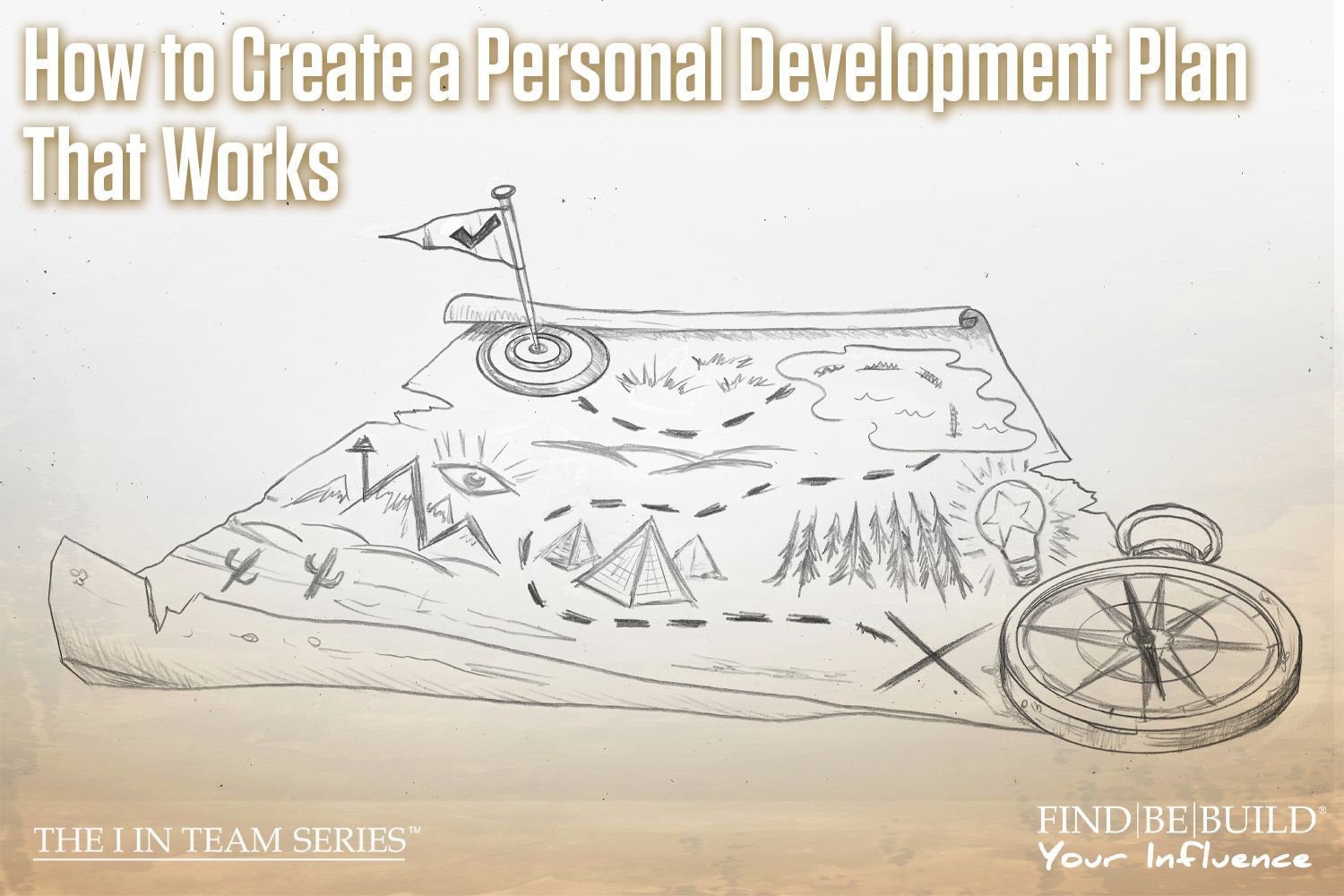Who Cares About the 4 Ps of Marketing?

4 Ps of Marketing in Business Consulting
Written by: Matt Wilhelmi
A few weeks ago I was talking to a client (okay an “older client” as he is in his late 60s) who wanted to know about the latest marketing trends. From conversations I’ve had with many business owners regarding marketing , this client isn’t alone in his thinking and questions. I was impressed though when he eloquently rattled off the 4 Ps of marketing: Price, Product, Place, and Promotion. For a minute I thought he might be a marketing professor for a local community college. However, he wasn’t seeking confirmation on the 4 Ps of marketing. No. He was looking for the newest, latest and greatest, hot off the press, marketing trends. I paused to consider his question and the application for his business (which is an auto parts distribution company). You see, he didn’t want a 15-minute recap of the top 10 google listing for “newest marketing tips”. He wanted to know how he could apply new marketing concepts to grow his business. Here’s what I told him.
“The 4 Ps of marketing are dead.” The man looked like he had seen a ghost. I didn’t mean to rock his world too much, but I was trying to make a point which is this:
Consumers’ buying habits have changed dramatically. Thank you, Internet! Companies can no longer focus on the 4 Ps of marketing and hope for success. They need to understand the shift in buying habits to Solution, Access, Value, and Education. Or SAVE.
Marketers, and entrepreneurs or small business owners, need to be very clever with their overall marketing strategy as consumer’s don’t make buying decisions just based on price and promotion any more. A great marketing strategy takes traditional forms of marketing and combines them with digital and social platforms to reach the desired target market with the ultimate goal of making a sale or turning a profit. Successful marketing strategies are time tested, predictable, and most importantly grow a business’s top line revenue.
Solution
Solution selling is a methodology by which a sales person focuses on the customer’s pain and issues with current offerings. Many B2B companies use Solution Selling because the product is very hard to succinctly describe and they’ve found it’s easier to respond to a person’s pain points with, “Yes, our product fixes that.” Some companies use SaaS (Software as a Service) to provide their customers with a solution while other company’s staff is their solution. They could be more equipped, better trained, highly specialized, etc. Companies like Intuit and ADP have staked their claim on providing stress free, timely reporting, and payroll solutions.
Access
Thank you, Internet! You’ve changed consumers’ expectations into an “access to” mindset. Lifetime Fitness doesn’t sell consumers workout equipment (believe it or not, Life Fitness workout equipment is a different company and has a very different revenue strategy), they sell consumer’s access to their workout equipment, showers, and lifestyle. Pandora sells (or you can get it for free and listen to a commercial every hour or so) access to their database of music. Sure, you can go out and buy all the music and make your own playlists, but that’s not how a majority of us function when it comes to music anymore.
Value
Instead of always looking for the lowest prices, or making buying decisions based solely on price, consumers are more interested in the value of a product or service. The definition of Value is the importance, worth, or usefulness of something. Some examples of how consumers make buying decisions based on Value instead of price are Starbucks Drinks, Under Armour branded apparel, Apple iPhones, and Fresh Foods grocery stores. These companies have legitimately, or illegitimately depending on your opinion, created a higher perceived value than their competitors even when it’s a similar or inferior product. Most technology gurus (I usually call them Tech Snobs…) will confirm that Apple’s iPhone has inferior hardware, yet people continue to buy it over Samsung’s phones with far more impressive technology. It’s all about Value and more specifically, perceived value.
Education
To be clear, promotions are not dead. However, since many people research buying decisions online before purchasing, it has become increasingly more difficult to forecast promotions, unless your company has very predictable buying trends. Plus, many consumers perceive promotions as gimmicks or will demand historical sale pricing. It used to be that promotions helped keep companies relevant. So and so is offering 10% off if we buy today, or so and so has 0% financing for 2 years. The problem is that everyone has promotions. There are actually companies, like GE for one, who help other companies offer the same financing “specials” that consumers have come to expect. So, in order to stand out among the competition, companies are shifting to Education. Education could be a blog, a newsletter, or an App. Nike , for example, has a mobile app that provides users with workout plans. They aren’t leaving the apparel and shoes industry, but they know their target audience wants this education and it helps their brand stay “top of mind”.
One “newish” social media platform is Thumbtack. A client of mine couldn’t stop raving about the crazy success she was having using it. She told me she landed a $60K construction job from a $3 bid. Do you know how high the ROI is? Holy Cow! After looking into the details for myself, I simply couldn’t believe it without seeing it, I am thoroughly impressed with their model. It’s not a great solution for every business or every industry. However, it might be worth taking a look at and investing $50 to $100 and see the results. Even on more modest “test” budgets, you could evaluate if Thumbtack is right for you. The most important thing to consider, right after ROI of course, is if Thumbtack, or any other new form of advertising or marketing, fits in your marketing strategy.
What’s your marketing strategy? We follow a very simple one (you may have heard of this before as we certainly didn’t create it.) It’s called V. C. P. Visibility, Credibility, and Profitability. This is why we are committed to attending local functions like BNI , Rotary , and Chamber Events. All of these help build visibility. Credibility happens when we can articulate client successes or potential clients read our blogs and newsletters. Long term, sustaining, profitability happens when we take really good care of our clients and help them achieve things in their business they never thought possible. We don’t look for short term profit. Yes, we want to get paid in the short term, but we never try to maximize profit from the first engagement. Our client base is made up of long term relationships with years of history. This only happens when the client feels they are paying for something of value. It’s our job to deliver amazing value at every opportunity.
What have you found to be a successful formula for marketing? Does your Marketing Strategy jive with your Revenue Strategy?
© Individual Advantages, LLC 2016
The post Who Cares About the 4 Ps of Marketing? appeared first on IA Business Advisors.

